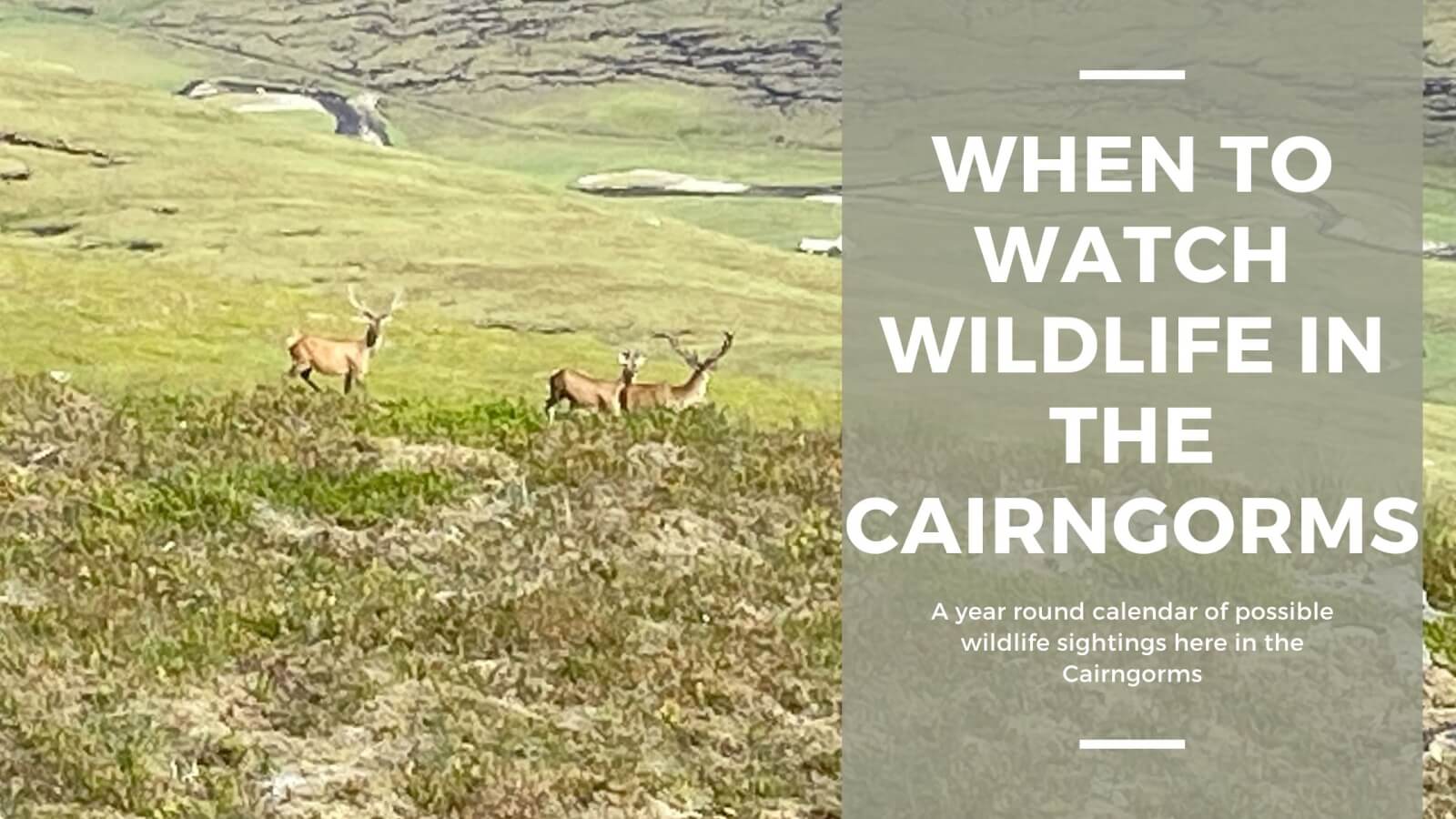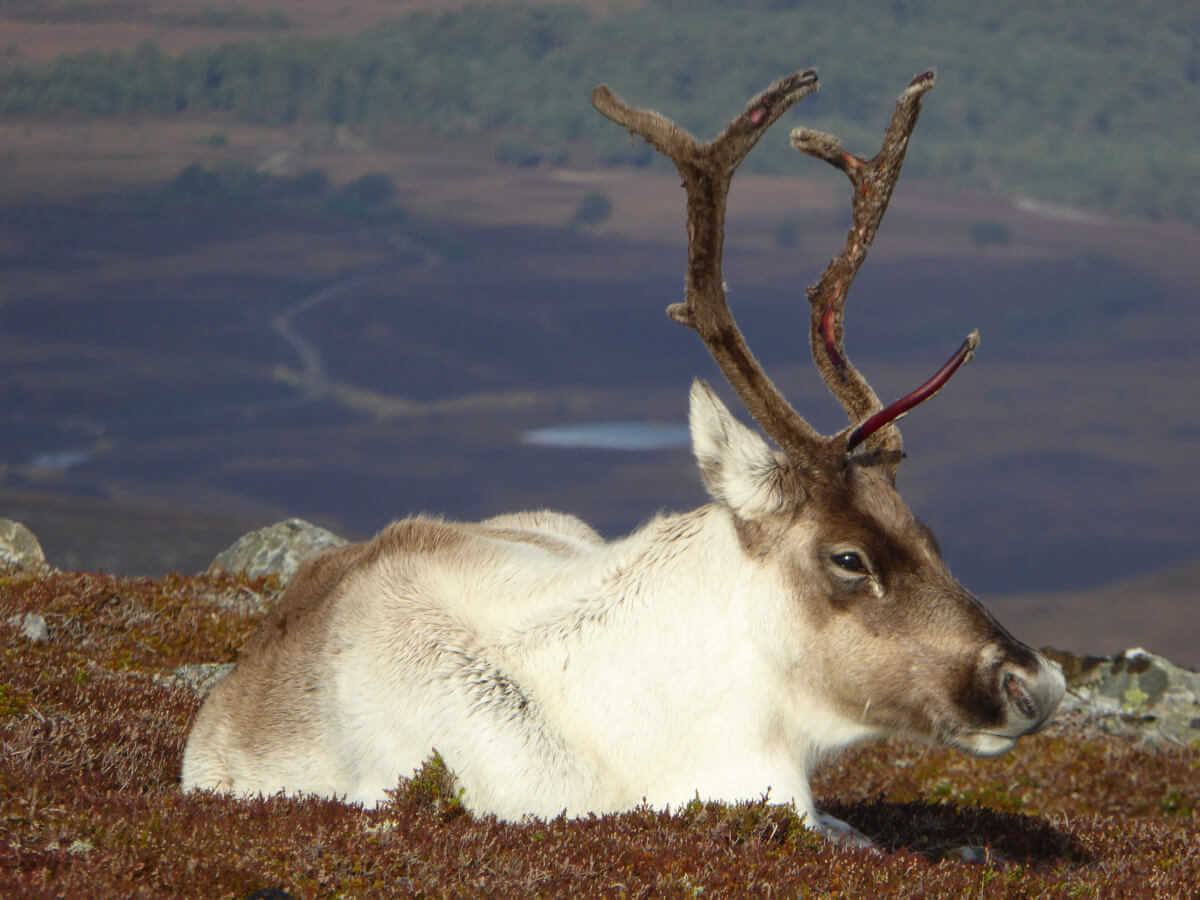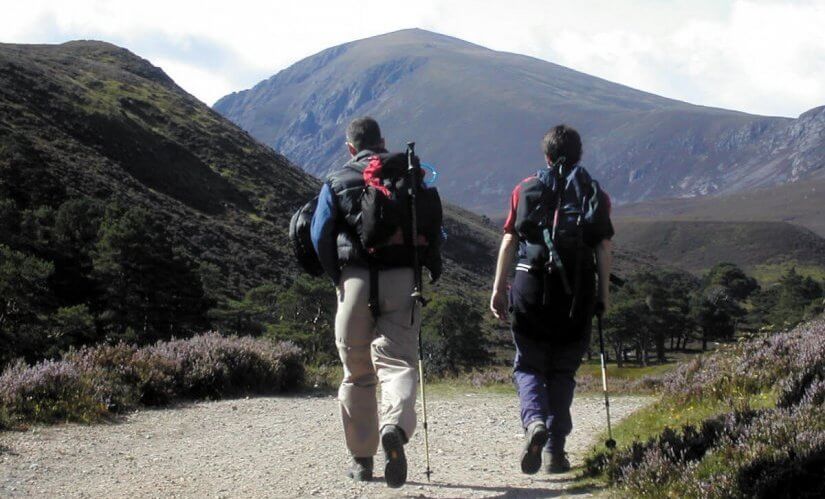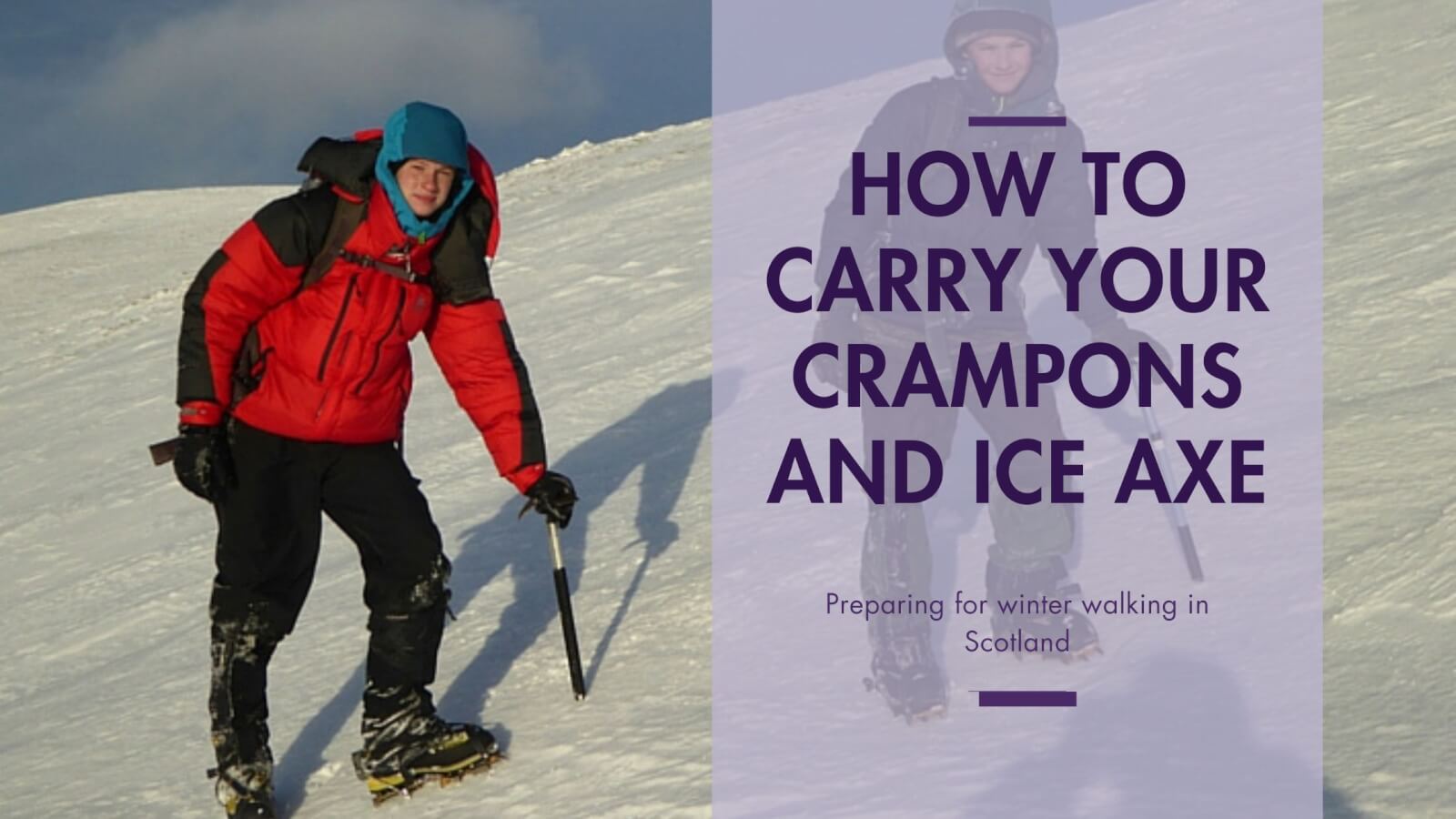The Cairngorms, one of Scotland’s most breathtaking national parks, is a haven for wildlife enthusiasts. Home to a diverse range of species, this natural wonder offers unique opportunities for spotting some of the UK’s most iconic animals. But when is the best time to witness this wildlife spectacle? Let’s delve into the seasonal highlights of the Cairngorms to help you plan your wildlife adventure.
Spring (March to May)
What to See:
- Red Squirrels: Spring is an excellent time to spot red squirrels as they become more active after the winter.
- Bird Migration: The Cairngorms see a surge of bird activity with the arrival of migratory species like ospreys, which return to breed. The most famous nest in the area is of course the one at Loch Garten, but there are other accessible sites as well. Ask Andy for details.
Where to Go:
- Caledonian Forests: These ancient woodlands are prime spots for red squirrels and crested tits.
- Loch Garten: Famous for its osprey population, Loch Garten is a must-visit during the spring migration period. Loch Garten is currently suffering from being over popular as a wild swimming and wild camping spot. Please be aware that both these activities disturb the wildlife and may reduce their habitat.
Summer (June to August)
What to See:
- Red Deer: Summer is ideal for spotting red deer grazing in the open meadows and hillsides. You can do tours on the Rothiemurchus estate if you want to get up close and personal
- Pine Martens: Although elusive, pine martens are more active during the long summer days. Although sightings are not quaranteed, there is a Wildlife Hide run by Speyside Wildlife where they tempt badgers and pine marten to come down. Bear in mind that these are nocturnal animals who you’ll only encounter in the twilight hours. In mid-summer this will make it a pretty long day for you.
- Golden Eagles: Soaring high above the mountains, golden eagles are a majestic sight against the summer skies. Both eagles and osprey can be regularly seen if you know where to look. Sea eagles have also been seen locally but as with all wildlife you need to be in the right place at the right time. Andy saw a sea eagle right near our local primary school but it’s not resident there. Ask us where is locally known as “eagle alley”.
Where to Go:
- Glenlivet Estate: Known for its red deer population, this area offers excellent wildlife watching opportunities.
- Cairngorm Mountain: A good spot for sighting golden eagles and other raptors along with snow bunting, and ptarmigan.
Autumn (September to November)
What to See:
- Red Deer Rut: Autumn is synonymous with the dramatic red deer rut, where males compete for mates. They are incredibly noisy. If you’re out in the hills, virtually anywhere in the Highlands in autumn, you’ll be virtually guaranteed to hear the stags (even if you don’t get your eye in to spot them).
- Ptarmigan: These birds begin their transition to winter plumage, making them easier to spot against the changing foliage.
- Geese Migration: Large flocks of geese, including pink-footed geese, migrate to the Cairngorms during autumn.
Where to Go:
- Glen Feshie: One of the best places to witness the red deer rut. Fewer opportunities to spot deer down Glen Feshie these days now they have the deer numbers under better control.
- Insh Marshes: A key location for spotting migrating geese and other waterfowl.
Winter (December to February)
What to See:
- Mountain Hares: Their white winter coats make them stand out against the snow-covered landscape.
- Ptarmigan: Fully transitioned to their winter plumage, these birds are well-camouflaged but still detectable to keen eyes.
- Snow Buntings: These hardy little birds are a delight to see during the winter months.
Where to Go:
- Cairngorm Plateau: Ideal for spotting mountain hares and ptarmigans.
- Moorlands and Hillsides: Look for snow buntings in open, upland areas.
General Tips for Wildlife Watching in the Cairngorms:
- Early Mornings and Evenings: Wildlife is often more active during these times, increasing your chances of sightings.
- Quiet and Patience: Move slowly and quietly to avoid startling animals. Patience is key to successful wildlife watching.
- Guided Tours: Consider joining a guided wildlife tour. Local guides have extensive knowledge and can significantly enhance your experience.
- Binoculars and Cameras: Essential tools for getting a closer look and capturing your wildlife encounters.
The Cairngorms offer an ever-changing tapestry of wildlife experiences throughout the year. Whether you’re an avid bird watcher, a keen photographer, or simply a nature lover, the Cairngorms promise unforgettable wildlife encounters in one of Scotland’s most beautiful landscapes. Plan your visit according to the seasonal highlights, and you’ll be rewarded with the rich and diverse wildlife that calls this stunning national park home.
4o















